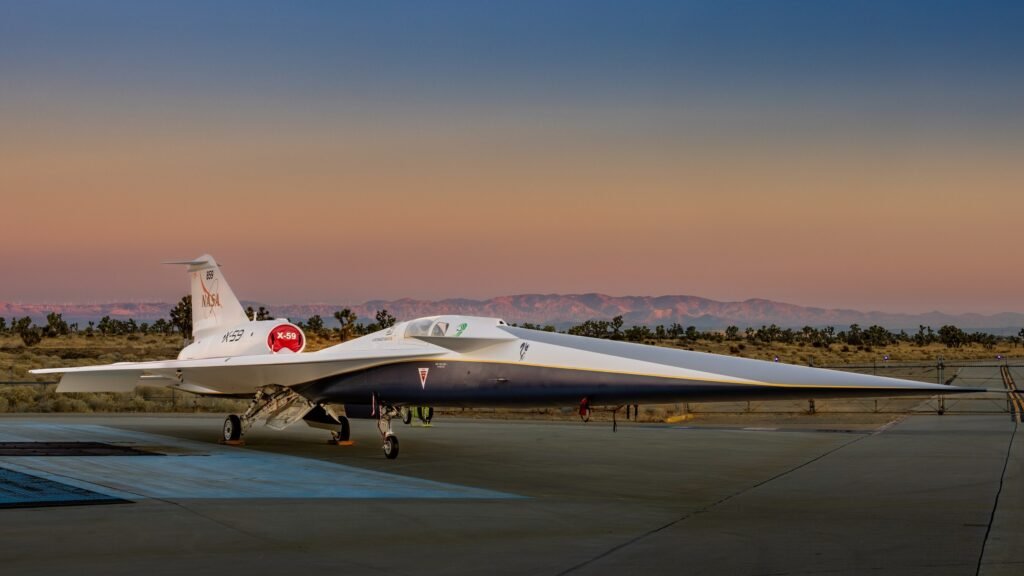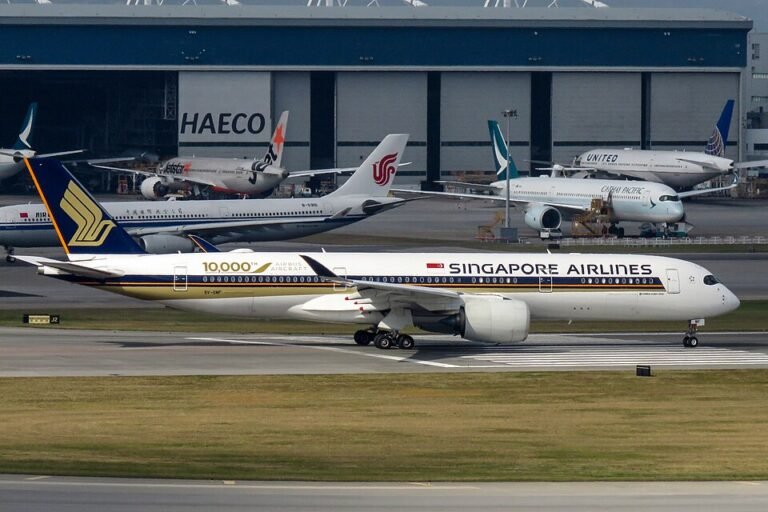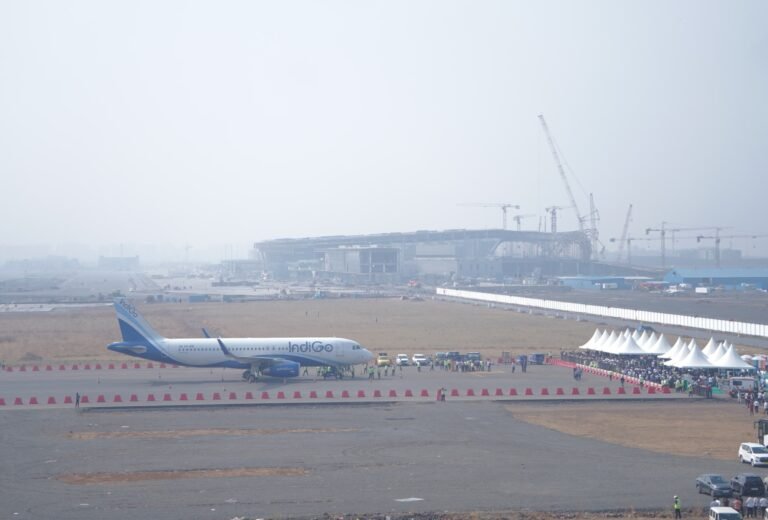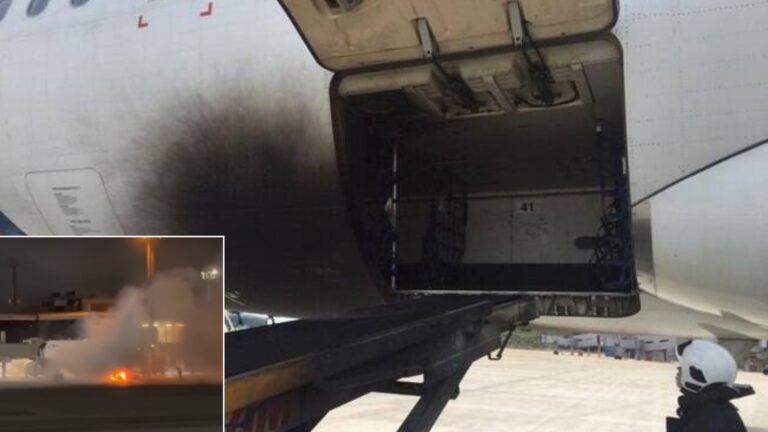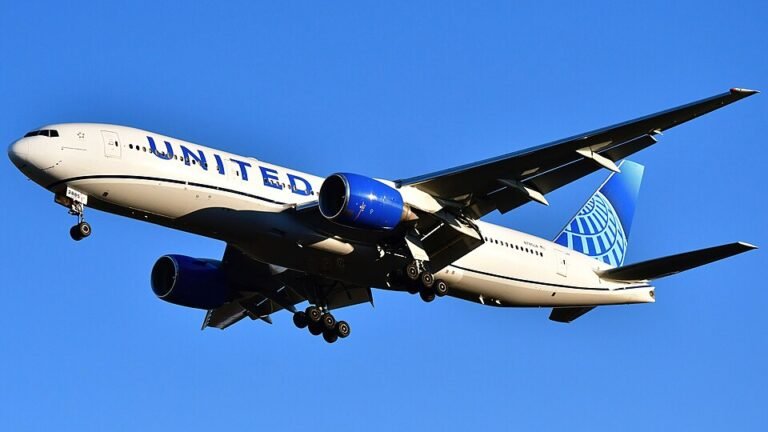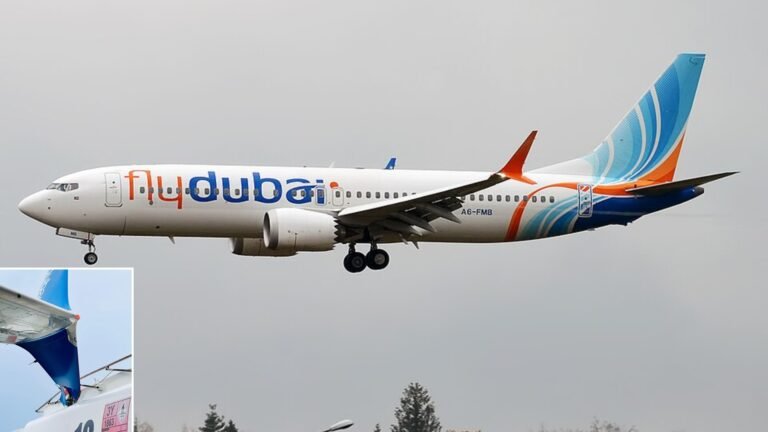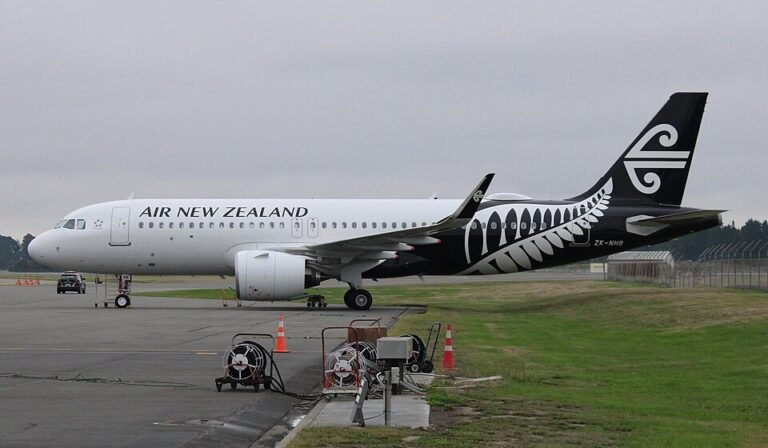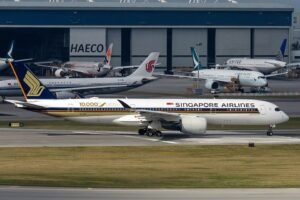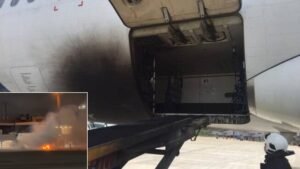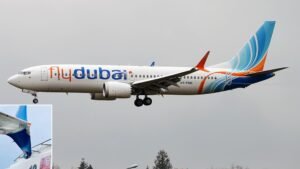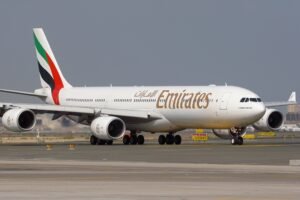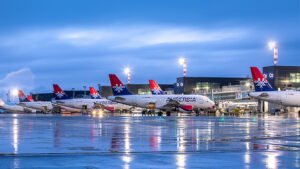Picture Credits: Lockheed Martin
Washington D.C., United States: In a landmark move for the future of air travel, the United States has officially lifted its nearly 50-year-old ban on civilian supersonic flights over land, clearing a major hurdle that has long held back the comeback of high-speed commercial aviation. The reversal of the 1973 regulation marks a significant policy shift and is expected to reshape the aviation landscape in the coming decades.
The decision was confirmed through an executive order signed by President Donald Trump earlier this month. The order directs the Federal Aviation Administration (FAA) to update its rules and certification standards for supersonic aircraft, specifically those that can operate with reduced noise levels. While this does not mean an immediate return of Concorde-like aircraft to the skies, it lays the legal groundwork for aerospace companies to test and eventually launch next-generation supersonic jets designed to fly over populated areas without causing disruptive sonic booms.
The original 1973 ban was introduced following widespread public concern over the loud sonic booms generated by the Concorde, which could be heard and felt on the ground. These concerns, coupled with environmental and operational limitations, confined supersonic commercial flight to transoceanic routes only. As a result, the Concorde, though technologically advanced for its time, was restricted to operating primarily between cities like London and New York.
With modern engineering advancements, however, new aircraft designs are now able to minimize or eliminate the traditional boom associated with breaking the sound barrier. Companies like Boom Supersonic, NASA, and Lockheed Martin have been working on low-boom and “quiet supersonic” technologies for several years. The lifting of the ban gives these developers a long-awaited green light to move forward with real-world testing and route planning for overland operations.
Boom Supersonic, a Denver-based aerospace company, is leading the commercial supersonic race with its flagship airliner Overture, designed to fly at Mach 1.7 with 64–80 passengers. The aircraft aims to operate on sustainable aviation fuel and is backed by major airlines including United and American. The company’s smaller test jet, the XB-1, recently broke the sound barrier during flight testing in California, marking a key milestone toward its 2029 commercial goal.

Picture Credits: Boom Supersonic
Lockheed Martin, in partnership with NASA, is developing the X-59 QueSST (Quiet Supersonic Technology) aircraft. Unlike commercial models, the X-59 is a research jet built to demonstrate low-boom supersonic flight aiming to reduce sonic booms to a soft “thump.” The data from this project will support future noise regulations and pave the way for civilian supersonic travel over land.
FAA officials have stated that this is not a blanket approval for all supersonic aircraft but a carefully controlled shift. Any new aircraft seeking to fly over land at supersonic speeds will still need to comply with stringent noise regulations and complete thorough testing and certification. This includes proving that their noise levels are comparable to those of subsonic aircraft during takeoff, landing, and cruise.
The change is already being hailed by aviation industry leaders and investors as a turning point. With the regulatory obstacle removed, companies can now confidently accelerate development timelines and raise funding for commercial production. Boom Supersonic, for instance, recently completed successful flight tests of its prototype, the XB-1, and is targeting a 2029 debut for its full-scale Overture airliner.
The lifting of the ban also places the U.S. in a leading role in shaping global supersonic policy. Other countries are expected to watch closely, and a successful implementation could prompt similar regulatory shifts in Europe, Asia, and beyond. While environmental groups have expressed concerns about fuel use and emissions, manufacturers are emphasizing the use of sustainable aviation fuels and efficient engine technologies in their designs.
This move revives a long-dormant dream in commercial aviation, the ability to fly from coast to coast in under three hours. With development already in motion and regulatory doors now open, the return of supersonic passenger travel is no longer a matter of “if,” but “when.”
Don’t miss a beat! Follow Aviation Today for real-time industry updates.

